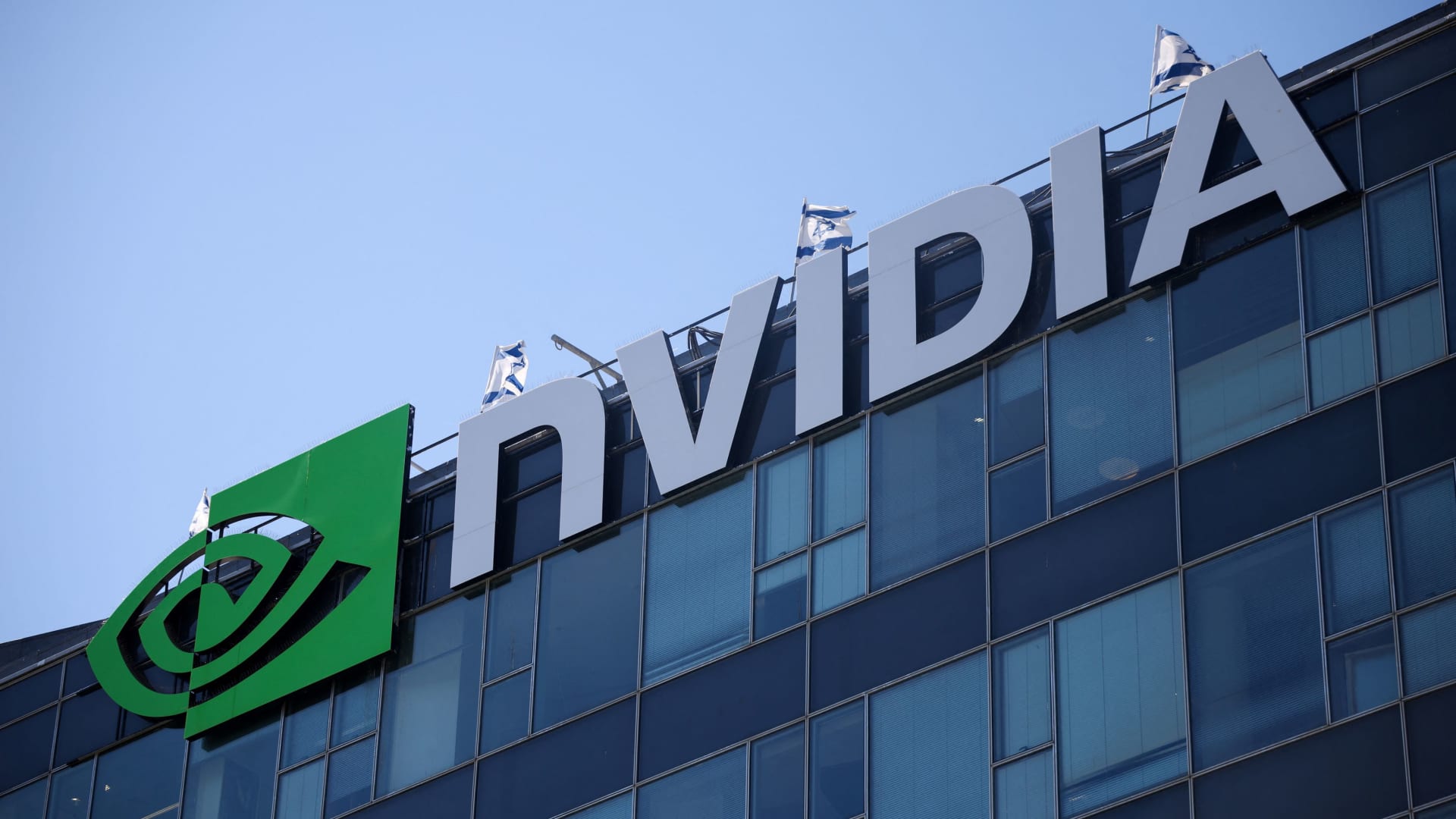With August and the summer winding down, the focus is squarely on Nvidia reporting tonight – it’s the grand finale in every sense of the word. The stock’s reaction will have an influence on just about anything related to equities, but no ETF will be affected more than the VanEck Semiconductor ETF (SMH) . The implications will be substantial, and it deserves our attention from a chart perspective. First, the ETF has barely moved since early July, with false breakout and breakdown attempts having taken place various times over the last few weeks. This can best be categorized as a six-week trading box. Notably, SMH has done a good job capitalizing on two prior digestive phases (also trading boxes), both of which turned into continuation patterns within the larger uptrend. Said uptrend all started with SMH first blasting through a cup-and-handle pattern that developed from April to early May. If that looks familiar, it should: the S & P 500, NDX, and hundreds of other ETFs and stocks surged from a similar pattern, setting the stage for the uptrend that has since followed. Simply put: for SMH’s uptrend to continue now, we’ll need another breakout from this trading box again. Turning to the weekly chart, it’s clear that from the April low through the recent high, SMH has gained approximately 75%. In 2020, SMH also hit the 75% mark in early August. Needless to say, the two periods couldn’t be more aligned at this stage – both times, explosive rallies commenced after the ETF logged monstrous pivots, which came after preceding, historic volatility. Back in 2020, SMH then spiked into the end of August before the September market correction hit. As we know, that volatile trading period only slowed SMH briefly on its way to an ultimate 230% advance. This remains a viable blueprint for SMH, with it still percolating near its summer highs in front of tonight’s event. Zooming much further out, we see that with SMH breaking out to new all-time highs recently, the ETF also logged its sixth multi-year pattern breakout, best viewed on the monthly log chart. Each of the prior five times, the ETF extended from the breakout zone for months — sometimes, years. In other words, if SMH were to undercut its recent breakout zone soon after blasting above it this time, it would mark a clear change of behavior from what we’ve seen consistently since 2013. Lastly, here is the relative chart of SMH vs. the XLK Technology Sector. The ratio line is close to breaking out of a potential, nearly, two-year bullish inverse Head & Shoulders pattern. The last time that occurred was early 2024, which led to six months of noticeable SMH outperformance. This is important for a few reasons. First, Semiconductors is the biggest group within the Technology sector with a 36% weighting (software is a close second at 35%). That means that Semiconductors also have the largest weighting in the S & P 500 at 13%. NVDA, of course, is the biggest component of all three (SPX, SMH and XLK). So, putting it altogether, a continued advance in NVDA would help the stock, SMH, XLK and broader market all break out. And when SMH outperforms XLK, the SPX, and equities as whole, all get a tail wind. This truly shows how important the stock and SMH ETF both are for this uptrend to continue. — Frank Cappelleri Founder: https://cappthesis.com DISCLOSURES: (None) All opinions expressed by the CNBC Pro contributors are solely their opinions and do not reflect the opinions of CNBC, NBC UNIVERSAL, their parent company or affiliates, and may have been previously disseminated by them on television, radio, internet or another medium. THE ABOVE CONTENT IS SUBJECT TO OUR TERMS AND CONDITIONS AND PRIVACY POLICY . THIS CONTENT IS PROVIDED FOR INFORMATIONAL PURPOSES ONLY AND DOES NOT CONSITUTE FINANCIAL, INVESTMENT, TAX OR LEGAL ADVICE OR A RECOMMENDATION TO BUY ANY SECURITY OR OTHER FINANCIAL ASSET. THE CONTENT IS GENERAL IN NATURE AND DOES NOT REFLECT ANY INDIVIDUAL’S UNIQUE PERSONAL CIRCUMSTANCES. THE ABOVE CONTENT MIGHT NOT BE SUITABLE FOR YOUR PARTICULAR CIRCUMSTANCES. BEFORE MAKING ANY FINANCIAL DECISIONS, YOU SHOULD STRONGLY CONSIDER SEEKING ADVICE FROM YOUR OWN FINANCIAL OR INVESTMENT ADVISOR. Click here for the full disclaimer.





